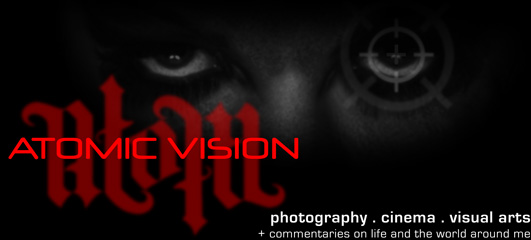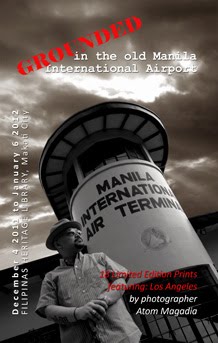When I found out about this, I couldn't wait to blog about it!
As a hybrid photographer/cinematographer I was somewhat personally disappointed by the new Canon 1DX that came out a couple of weeks ago. It is impressive for what it can do (perfect for wildlife, photojournalism and sports), but I felt that it somehow stood in the middle of nowhere... The fastest still Pro at this point, yes, but it is neither the fattest DSLR for high-end still photography nor the most capable Digital Cinematography camera out there. I am heavily invested in Canon lenses, so I've been watching Canon camera (both still and video) development closely.
Enter the new Canon EOS C300, with a Super 35mm CMOS sensor. It uses a new DIGIC DV III Image Processor and 50Mbps 4:2:2 codec. Compact, modular and compatible with all existing EF and the new EF-Cinema lenses. A PL-mount version is also available, the EOS C300 PL.
Modeled after the Super 35mm 3-perf motion picture film, the C300's CMOS has an active image size of 24.4 x 13.5mm, smaller than the 5D Mark II (and the 1DX), but slightly bigger than the 7D (and the 60D). 6.4 x 6.4 micrometer photosites (photodiodes), with individual lenses, efficiently gather light. Proprietary technologies embedded in each photosite simultaneously lower the image sensor's noise floor, while enhancing the photon capacity of the photodiode resulting in an impressive dynamic range.
The sensor also employs an innovative readout technique that delivers full bandwidth individual RGB video components without debayering algorithms. Each of these components has a 1920 (H) x 1080 (V) sampling structure at up to 60 frames. From the original video component, a 1080-line 60i format or a 1280 (H) x 720 (V) at 60P HD format are selectively derived.
The EOS C300 CMOS is the first Canon CMOS sensor designed for high frame-rate motion picture applications. With its large Super 35mm sized sensor and the DIGIC DV III Processor this camera has a remarkably high signal to noise ratio, capable of delivering cinema quality images with superb detail and high dynamic range even with minimal light.
The camera also has a special Canon Log mode within the DIGIC III RGB video processing system, which enables the Cinematographer to manually set exposure values to fine-tune his or her footage for post-production purposes similar to the current DI process.

















